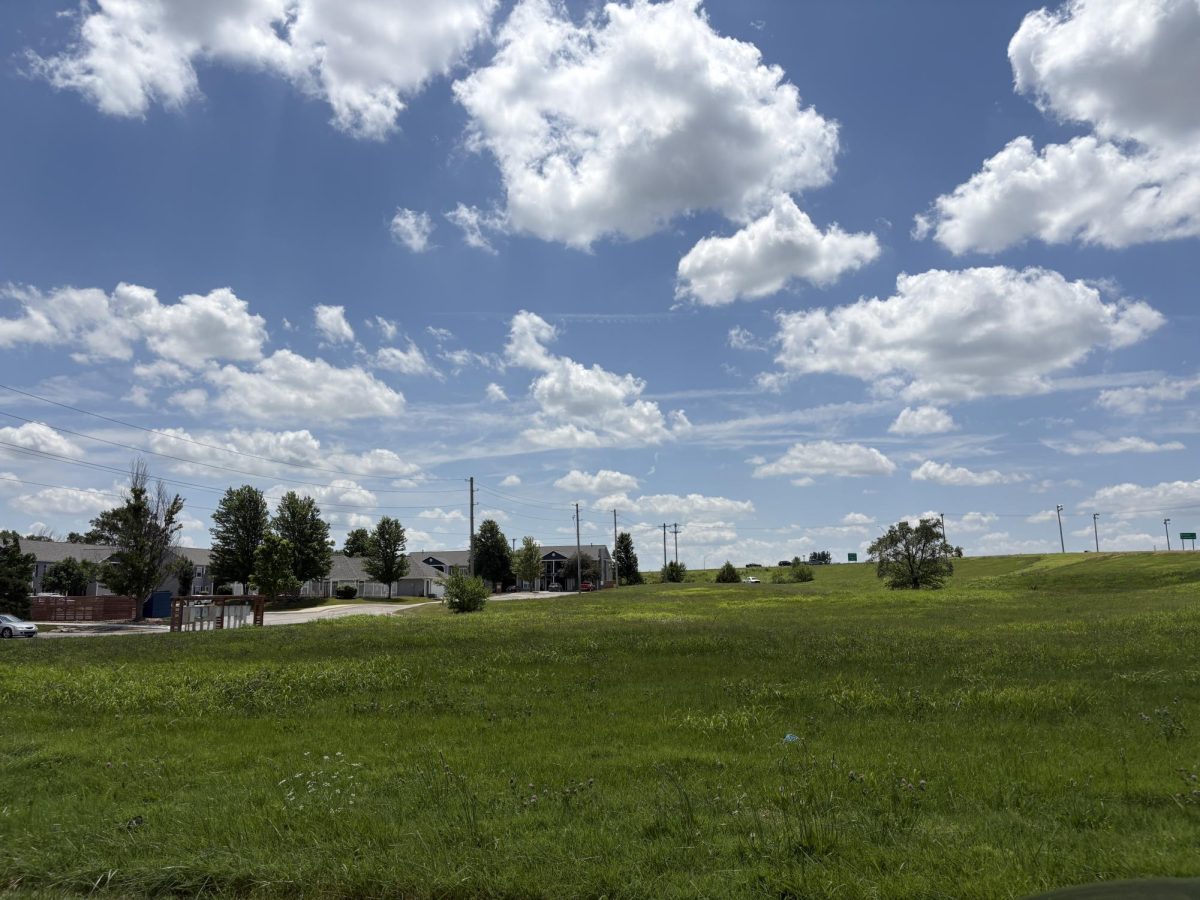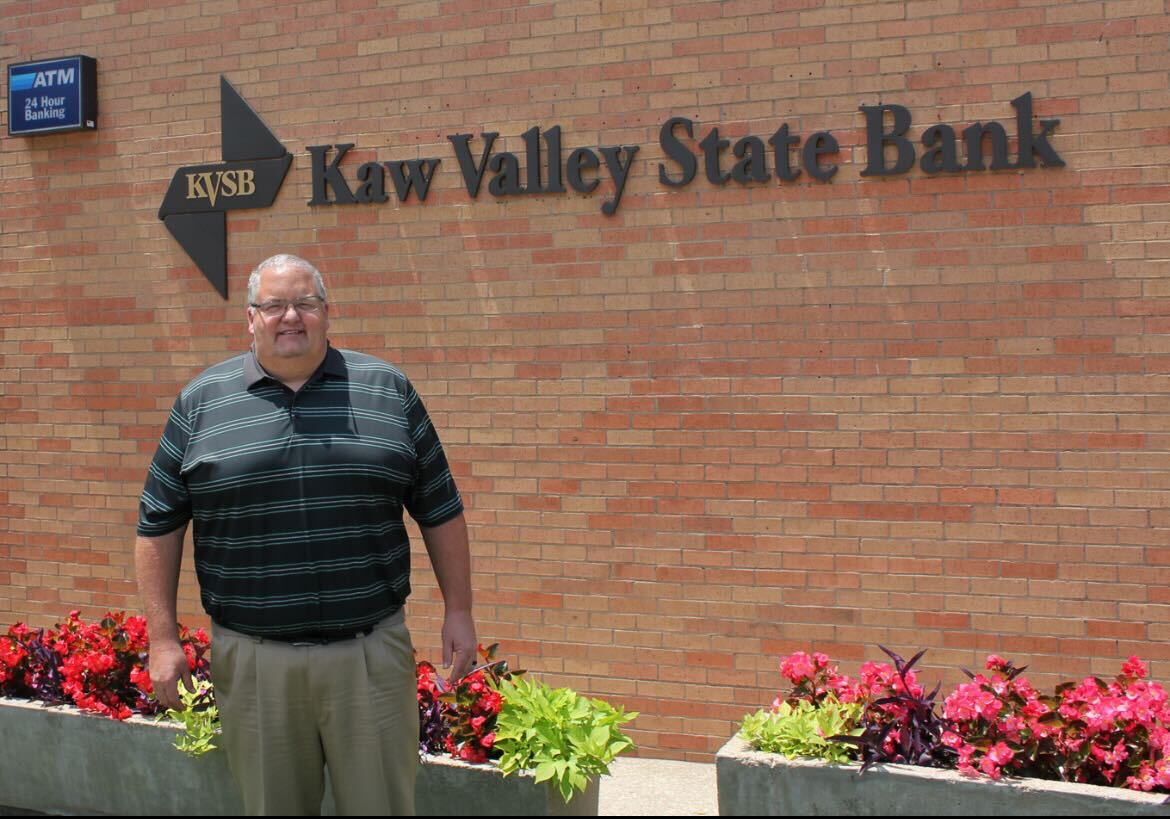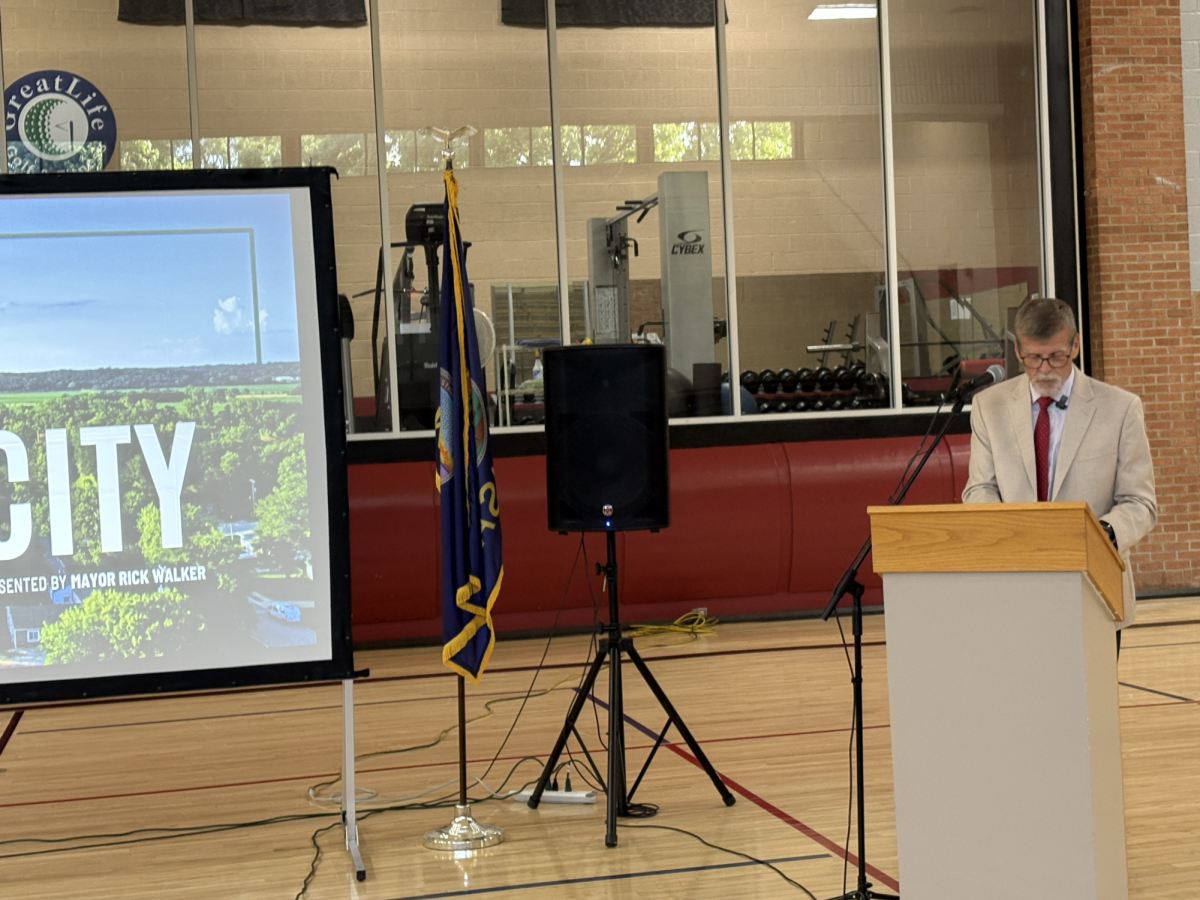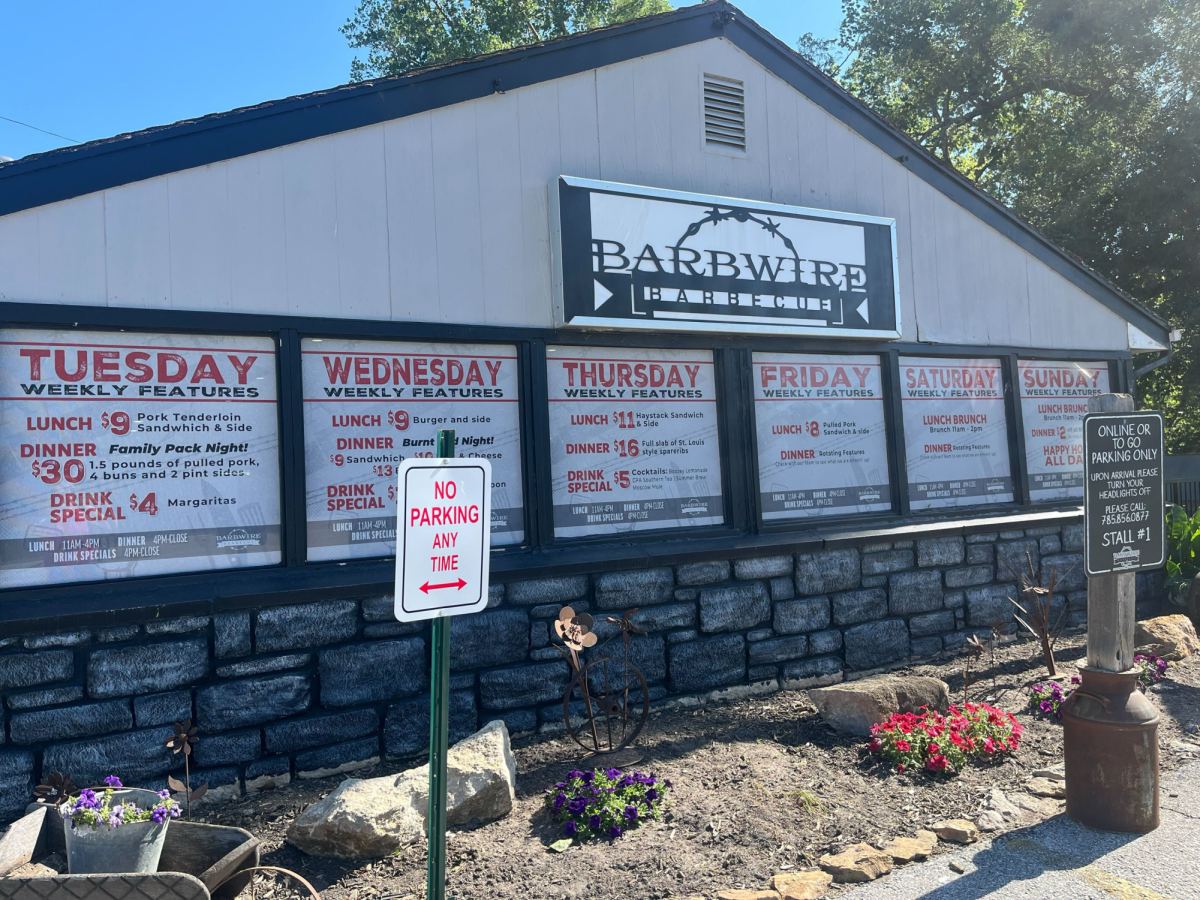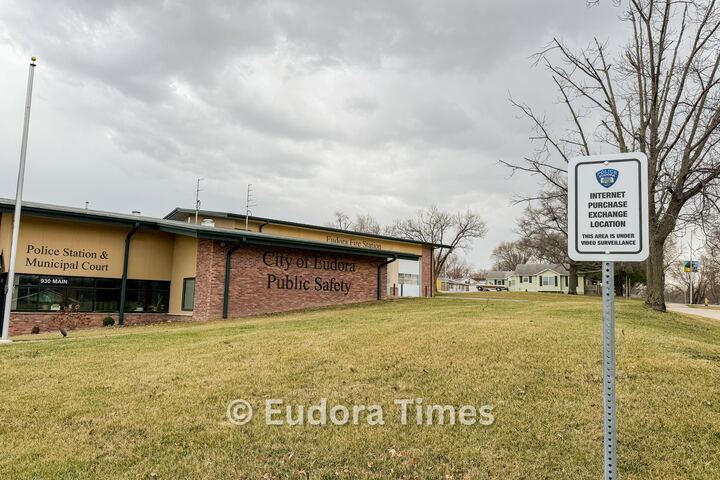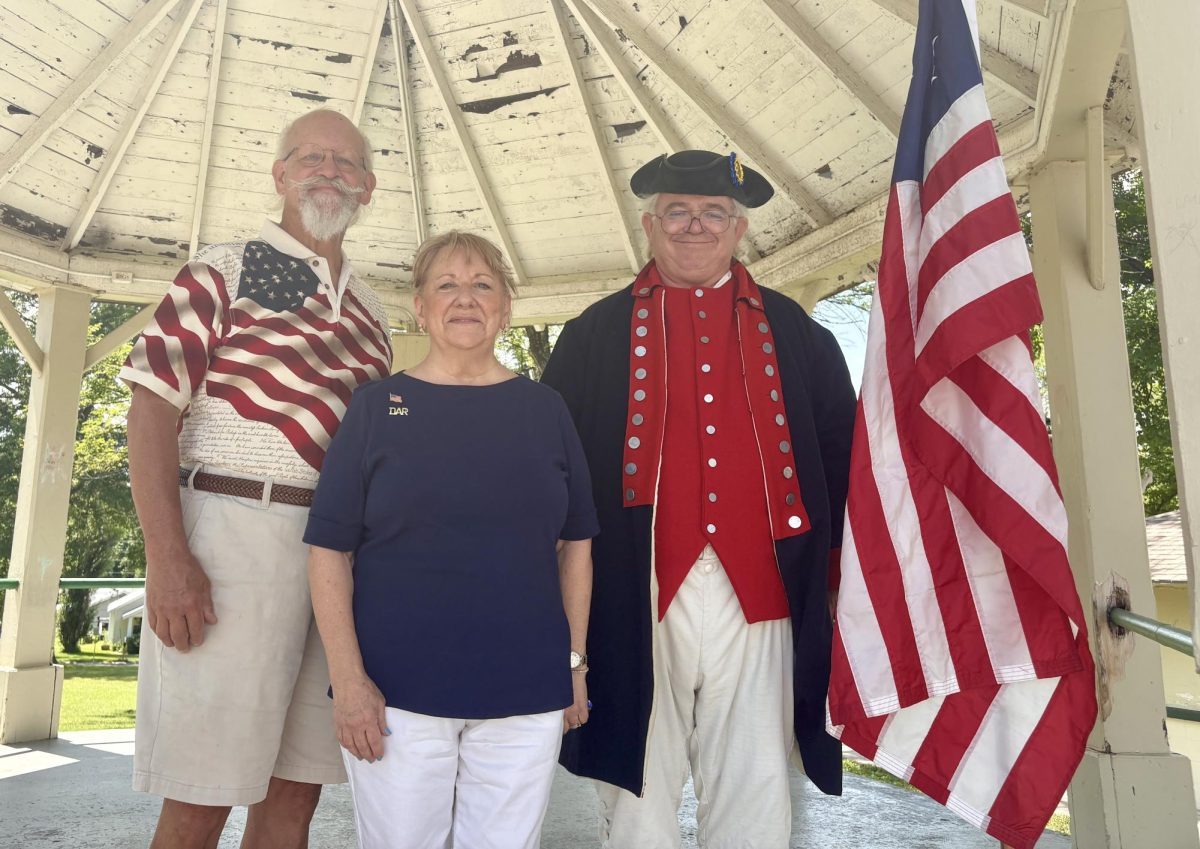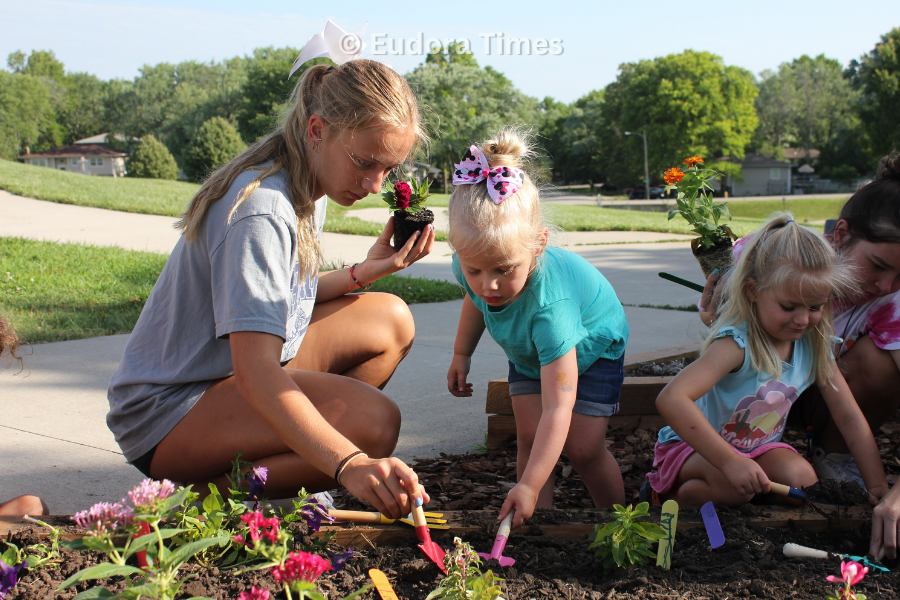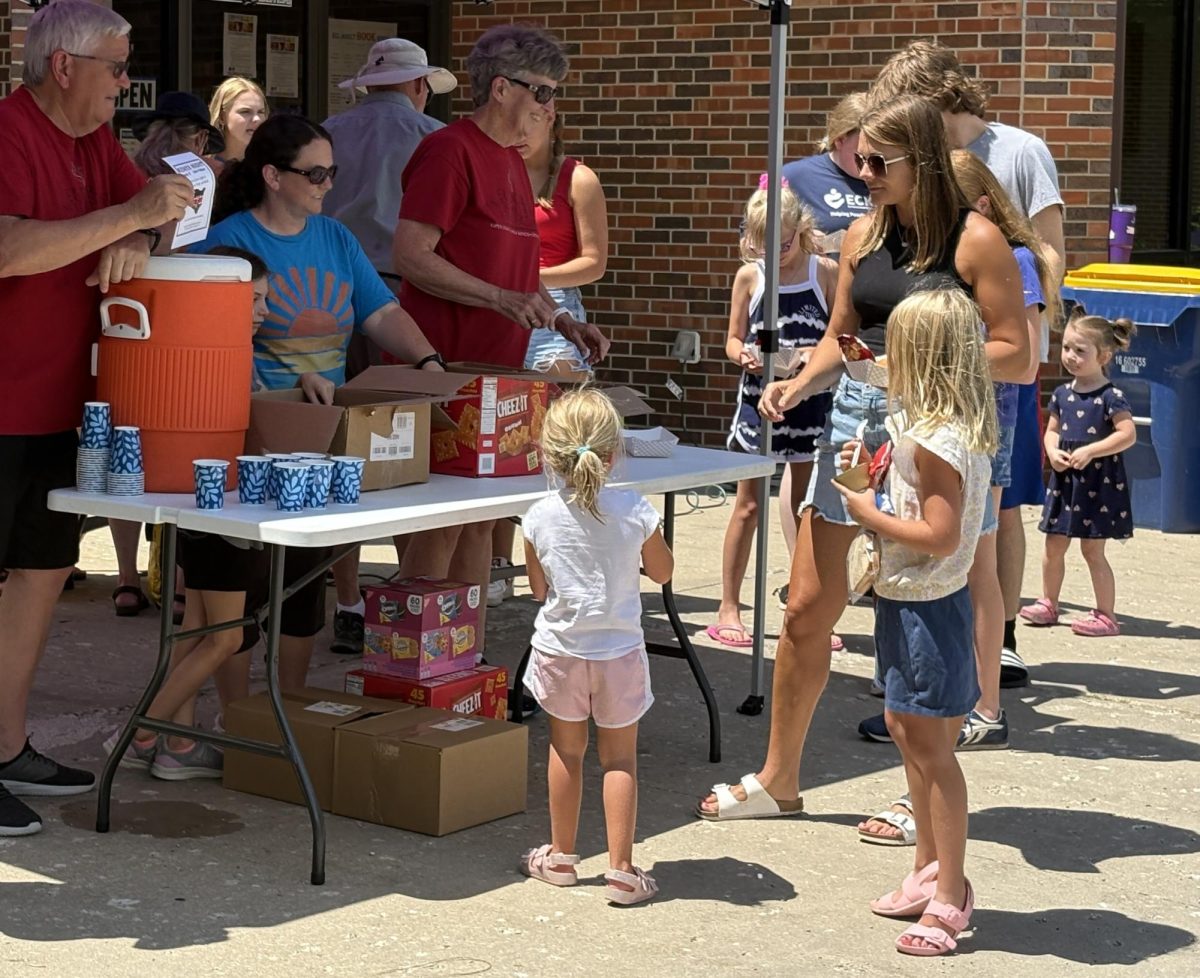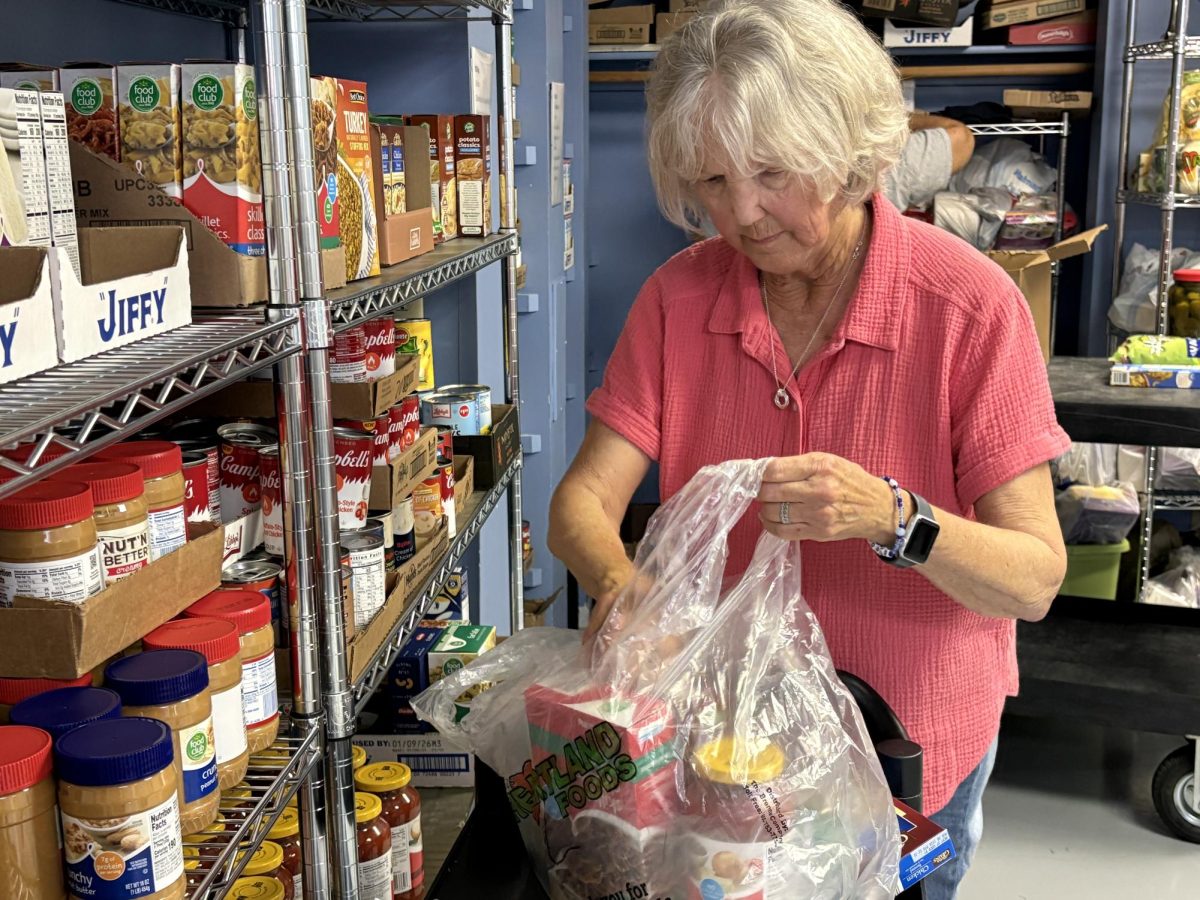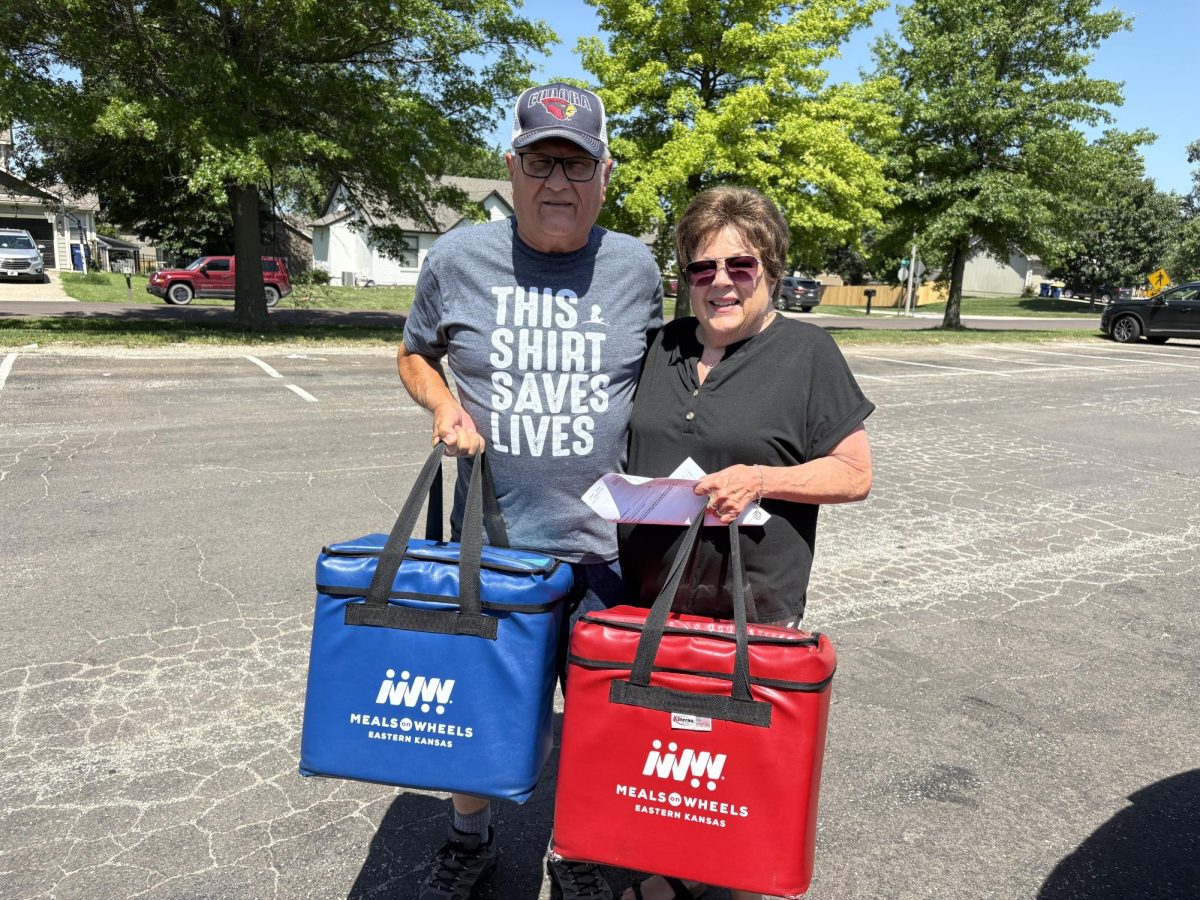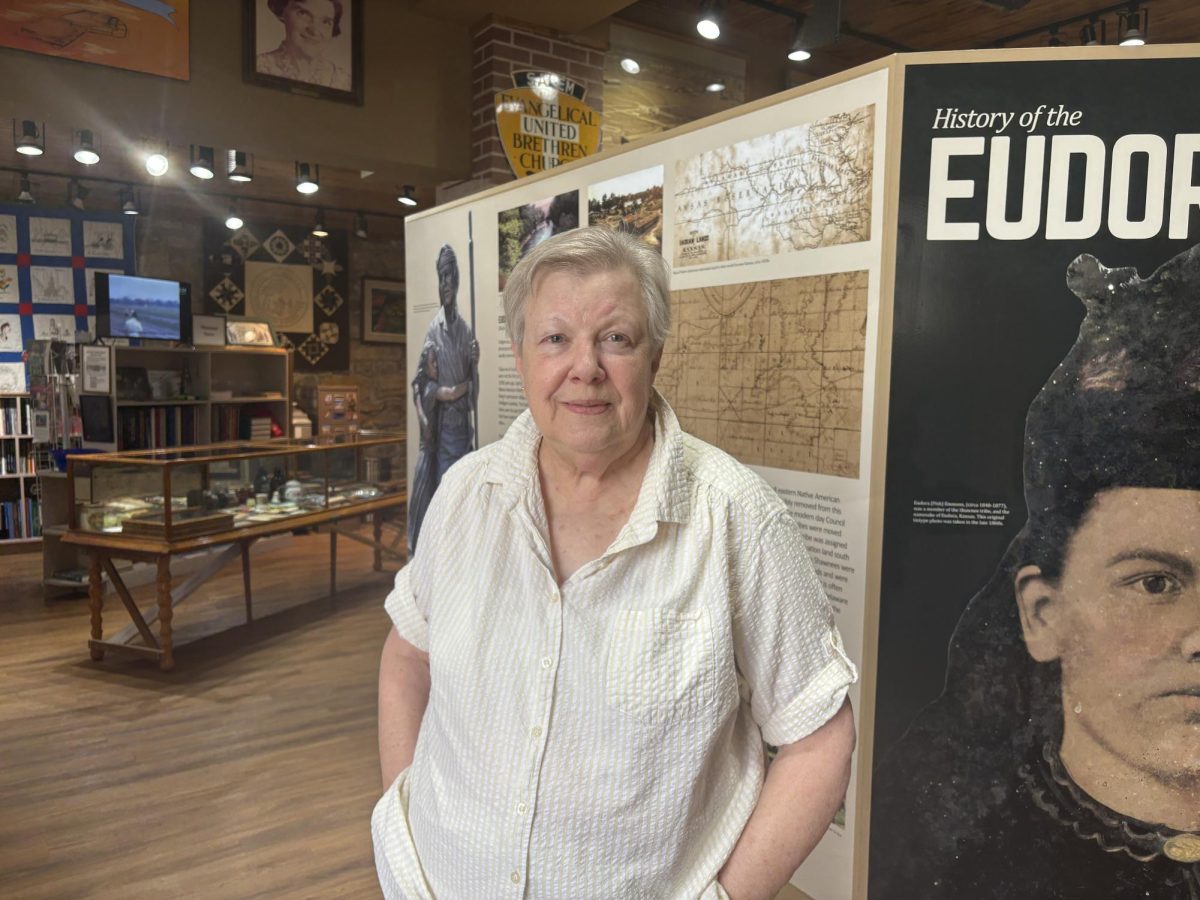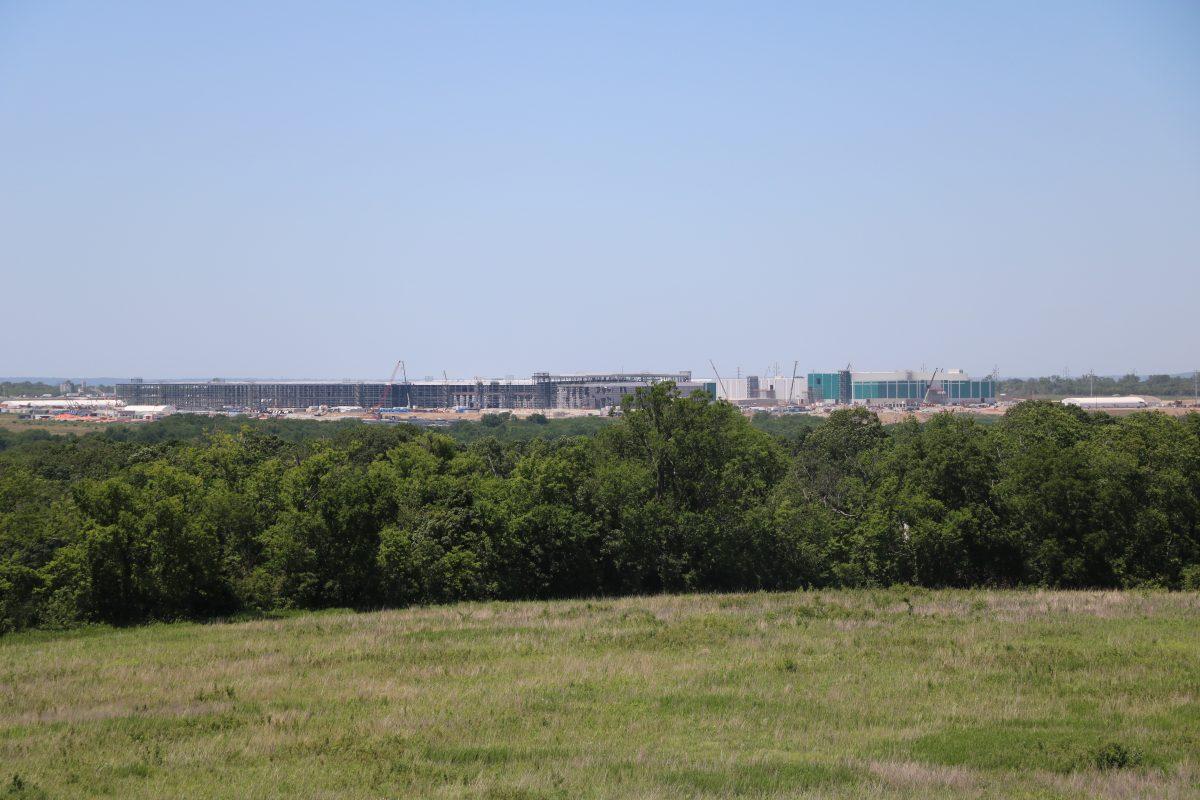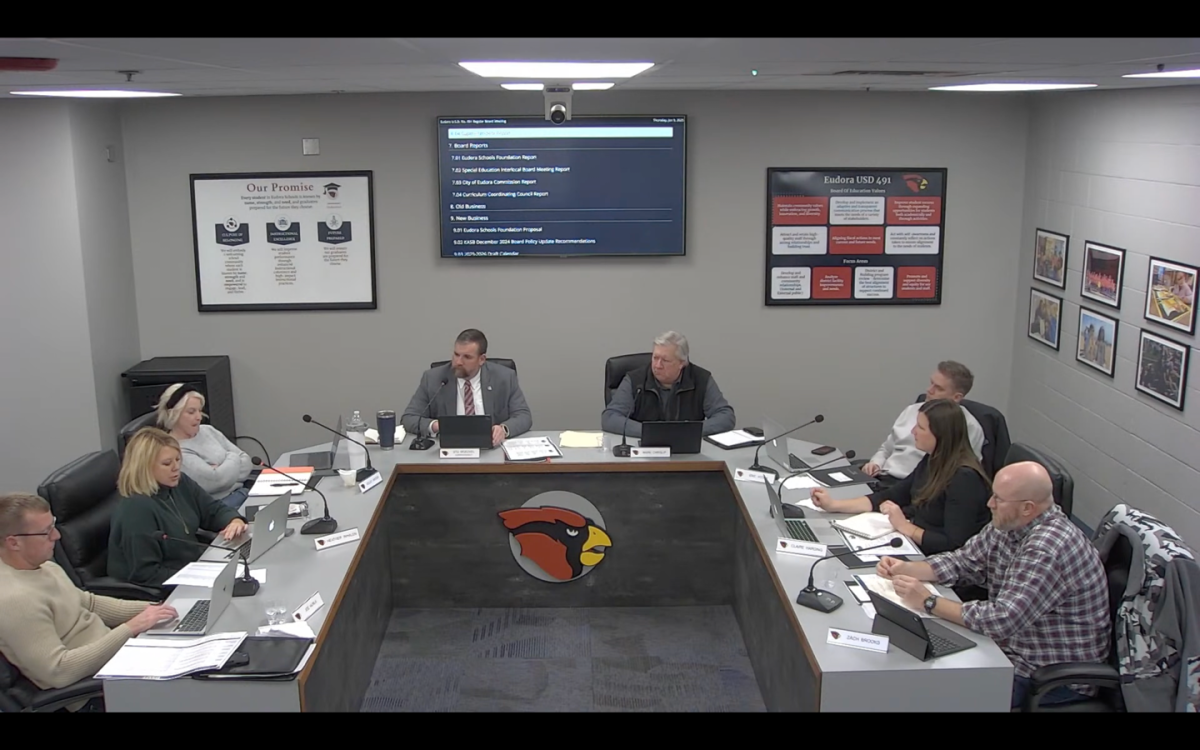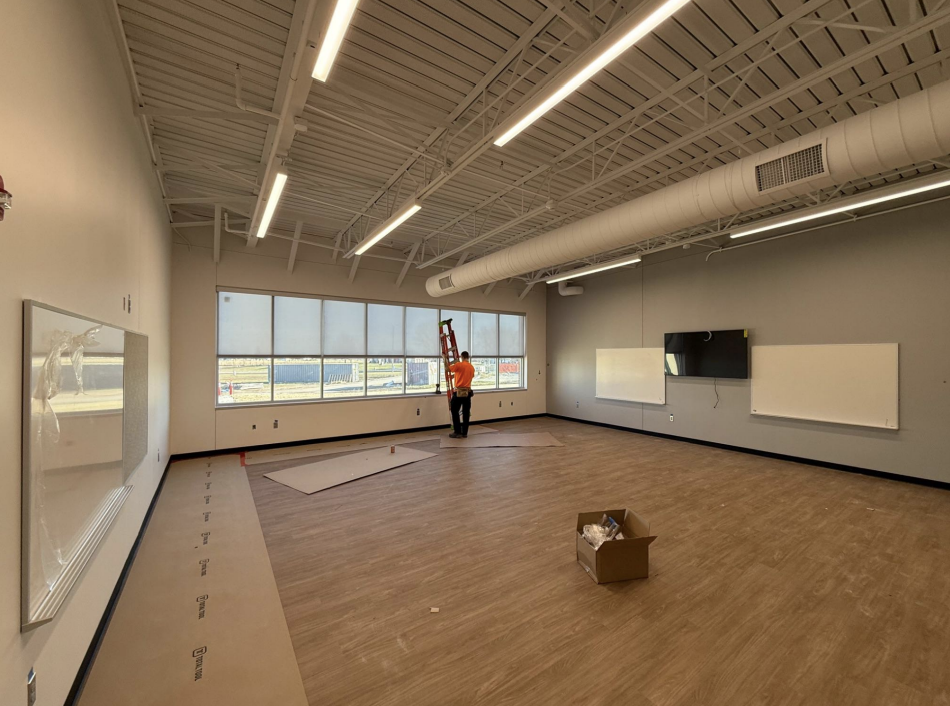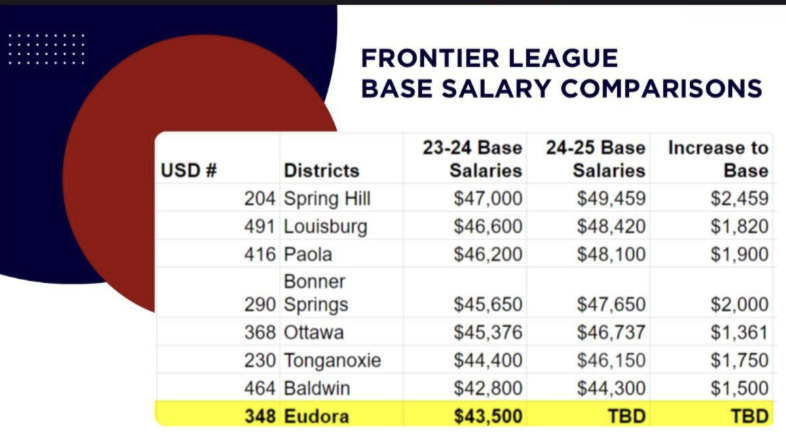Bonner Springs Fire Chief Tim Richards has seen the changing landscape of what firefighters are being asked to do.
That, coupled with the decline in volunteerism across the nation, are key factors that cities and fire districts need to keep in mind when deciding how to staff their fire departments, he said.
As discussions arise in Eudora about how to staff the city fire department, The Eudora Times interviewed nearby communities of a similar size to learn more about staffing models.
The Eudora Fire Department is trying to weigh staffing options as the population grows and more developments come to town, making it harder to depend on volunteers for full-time coverage.
The potential for the department to apply for a SAFER grant – which gives fire departments money to hire full-time employees through FEMA funding – was discussed with the City Commission this spring, but the department was not given permission to apply this year.
The funding is good for three years, after which the city would need to pay the firefighters’ salaries out of its own budget. City commissioners cited concerns about the impact on taxpayers during their discussions about Fire Department staffing.
The department was looking to possibly add 12 full-time firefighters with the grant, which would amount to an estimated $1.3 million to $1.5 million eventual impact on the city budget for salaries and benefits.
Right now, Eudora is served by a full-time chief and deputy chief and about 30 volunteer firefighters, who are paid per call.
Below, fire chiefs from De Soto, Bonner Springs, Tonganoxie and Baldwin City discuss how their stations have evolved over the years, and how their departments are structured.
Northwest Consolidated (De Soto and Northwest Johnson County)
Population of all areas around 10,000
Rather than being a city municipality, Northwest Consolidated is a fire district serving all of De Soto as well as unincorporated areas of northwest Johnson County.
The department was established in 2010 when the De Soto and Johnson County Fire District 3 combined, Fire Chief Todd Maxton said.
In the ‘90s, when Fire District 3 served the newer parts of De Soto and unincorporated areas outside of it, there was one full-time firefighter and the department mostly depended on volunteers.
De Soto had one full-time firefighter constantly on duty beginning in 2000, even before the department combined to become the district it is now.
When the Sunflower Ammunition Plant dissolved its own fire department, the former Johnson County District 3 took over operations. This required three full-time firefighters to be on duty at all times during the early 2000s.
“Volunteers still played a big role up until the merger and then even after 2010 volunteers played a role, but their responsibilities kind of shifted,” Maxton said.
After the merger in 2012, they had about 15 full-time employees and 15 part-time employees and fewer than 10 volunteers, he said. Now, there are about six part-timers with the rest – about 37 – being full-time. They’re aiming for 40 full-timers by the end of the year.
The department recently hired an additional five firefighters as a result of Panasonic and new funding. The entire Sunflower property is now part of their fire district after the area was annexed into De Soto this year.
In 2017, the district disbanded the volunteer program and decided to focus on hiring more full-timers with fewer part-timers – meaning the department hasn’t had volunteers in several years.
When the responsibilities seemed like they were weighing too heavily on volunteers to spend substantial time at the station, the district started to transition to more full-timers. Many volunteers have full-time jobs outside the department, Maxton said.
Based on community expectations and service expectations, they wanted to transition to make sure they were giving residents what they needed when they called.
In the early 2000s, it started to feel like response times and numbers of firefighters responding to calls was not as good as it could be, Maxton said. Unfortunately, in his department, it took some large property losses that the station was not equipped to handle before that action happened.
He said there was ultimately buy-in from the community and, although it took years of planning, it was an important step.
“There’s an expectation in this community when you dial 911, they’re not going to notice a difference. Whether they’re in a big city or a small city, that service level is expected,” he said.
Maxton started as a volunteer in 1993 and sees the importance of these people serving their community. However, the reliance on volunteer firefighters was asking too much of them, he said.
“I think the universal message was, it’s about time and it makes sense,” he said of the transition to full-time firefighters.
He said the tax increase made sense when weighing it against life and safety.
A lot of current employees were once volunteers, he said. Volunteer and part-time and full-time firefighters all have relatively the same training. Maxton went full time in 2008 and has been chief since 2018.
The district gets over 90% of its revenue from ad valorem property taxes. This funding mechanism exists for most districts in Kansas by law. They do not receive sales tax contributions. Because of this type of funding, the cities utilizing this district do have higher property taxes to help pay for the district, he said.
The city of De Soto does not have a say on the fire district budget. Rather, it appoints people to the fire board.
Because Panasonic is part of a new Community Improvement District, some infrastructure upgrades are included in the agreement.
Panasonic has contributed $1.8 million for a special fire truck to serve the plant, which should arrive next summer.
It also contributed $9.65 million for the $17 million fire station that will be built near the plant. This building should be done near the end of 2025.
Operational support of $700,000 will also be given annually for the department, as well as a 2% escalator each year for 20 years.
Maxton said De Soto and Eudora are flipped in some ways. Unlike Eudora, De Soto does not have its own police department and instead contracts with the Johnson County Sheriff’s Office.
There are three fire stations, two of which are in De Soto and a third in Olathe. About two-thirds of those served live in De Soto.
The department has utilized SAFER grant funding twice: One in 2009 and one in 2020. The first gave the department three full-timers and the second gave them four.
The first SAFER Grant was in the midst of the department’s merging, which helped make that transition and ensure more staff for the trucks. They were conscious of the fact that some have mixed feelings since it forces you to pick up 100% of the funding after three years. The fire board requires there be a plan to keep the employees hired by the grant when the funding ends, he said.
Community support for these things is important to its success, he said. Getting buy-in from the governing body, public and fire department are all important to take these steps, he said.
“Regardless of the size of the community, a fire station in the community is one of the foundational components of a community, and it’s an amount of pride and ownership in the community. It’s a sense of safety” he said.
Bonner Springs
Population about 7,600
The Bonner Springs Fire Department also has no volunteers. Instead, it has 18 full-timers and around 20 part-timers.
Tim Richards became chief in April 2023. At that time, there were two full-time people per shift who were on the ambulance, then the truck was staffed by part-time personnel.
As of this year, there are six staff members each shift: two devoted to medics and the other four assigned to fire suppression.
The city planned in advance to ensure that, when the time came to switch to full-time staff, there were already plenty of funds going to part-time employees, he said. It took several years to plan for that funding change, he said.
The city manager’s office and the City Council made it clear this was the direction the department was headed and agreed to move toward full-time options, Richards said.
“Over the years, the city really increased staffing and the salaries for part-time staffing knowing that they were going to work towards the model of switching that line item,” he said.
He estimates the staff was volunteers until around 2017 when they were starting to build these funds. Part-time employees came from mostly already existing volunteers.
“But over the years, they would just put a little extra money every single year into the part time and then once you do that, and you’ve built up that budget, it’s easy to convert those part-time salaries to full-time salaries,” he said.
Before going full time, there were times the truck would not have three people available 24 hours a day, which was worrisome to him as chief.
Although some cities can make volunteer departments work, the fire service has changed in recent years, he said.
A difference between Bonner Springs and Eudora is that Bonner Springs is also staffing an ambulance. Eudora gets EMS staffing through Douglas County and is only looking to staff the fire truck.
Tonganoxie
Population about 5,900
Tonganoxie’s department is a combination of full-timers and volunteers with about 30 total. They try to have five people working during the day: three for the fire apparatus, the chief and the deputy chief. Of those three on the truck, two are full time and one is part time.
There are nine total full-timers in the department right now, Fire Chief John Zimbelman said.
Last year, the department increased the number of people on duty daily from two to three, but there have been full-time staff for the last decade, he said. This increase was a result of a large industrial park in the community that has started to fill up, he said. There has also been an increase in multi-family housing developments.
Zimbelman knows these changes and increases in housing are also coming to Eudora.
“I know for a fact Eudora has a lot of stuff going in, and you cannot run those calls and that amount of calls with volunteers. You have to have paid staff on there,” he said. “I can’t believe Eudora does not have a full-time staffing level, just because of the call increase I see.”
He said the Tonganoxie City Council has been supportive of the changes the department has needed to undergo. While the department has always been eager to apply for grants, sometimes the community has to bite the bullet and commit to full-time staff, he said.
The department plans to apply for a SAFER grant next year to further increase staffing with three more paid staffers – meaning three full time and one part timer per shift.
When asked if he thinks his department could run only with volunteers, he said “absolutely not.”
“Our services would be 20% of what they are now. Because we do hydrant testing, we do fire prevention education. We do all the stuff for fire inspections. I mean, these are things to make the community safer,” Zimbelman said.
He said waiting even longer may not be in the interest of the community. Everyone is trying to hire firefighters right now, and the competition with bigger suburbs is hard and going to get harder and more expensive, he said.
Zimbelman worries about the response rates if volunteers are the only available first responders, especially when CPR may be needed within minutes.
He’s been with the department for over five years and came from being a deputy chief in Kansas City, Kansas, he said. He has seen the struggles in the industry but thinks taking action before a situation is reactive is important.
Baldwin
Population about 5,000
Baldwin has no paid employees, including its chief, Terry Baker, who is also a volunteer.
Since Baker is able to work remotely for his full-time job, he can spend most of his day at the station in case a call comes in and he is needed. He and the rest of the volunteers are paid per call.
About three volunteers are usually available from their homes throughout the day to make calls, too.
Baker has been chief for nine years, and now thinks it’s time to work on moving toward some part-time employees. He hopes he can transition to that model by next year. He hopes to eventually get to one full-timer each day.
Three of their volunteers are full-time firefighters at other stations around the area, and could use one of their days off for a part-time job in Baldwin, he said.
The department serves Baldwin City and also provides medical services and mutual aid for Palmyra Township, one of the largest districts in the county.
The conversations that Baker has had so far seem to show support from city officials for moving in that direction, he said.
Currently, the volunteer model is working, but he can sense the time is coming for part-timers, especially as more developments are coming in.
Since Eudora has more business and development, he said it might be easier to take these steps, but Baldwin may not gather as much taxes to help with these costs for a while.
Firefighting trends
According to National Fire Protection Association standards, Eudora is considered an urban area, meaning it should have a minimum of 15 responders arriving at the scene in 9 minutes at least 90% of the time. The department is not meeting this recommendation with its current staffing model, Fire Chief Mindy Andrasevits said.
In Kansas, about 80% of departments are volunteer with another 11% that are mostly volunteers. About 6% of departments are career, according to FEMA.
Volunteers make up about 65% of the firefighters in the U.S., according to the National Volunteer Fire Council. The number of volunteer firefighters is decreasing, though.
In 2010, there were 768,00 compared to about 677,000 in 2020, according to the National Volunteer Fire Council. Its data also found the age of the volunteers is increasing. For communities between 5,000 to 9,999, the percentage of volunteers 50 or older was 23% in 2020, a 10% increase from 1987.
Moving forward
When any department similar to Eudora is exploring next options, the most important thing is getting buy-in from community and stakeholders, Maxton said.
Eudora already has good leadership, he said, which is a step in the process, too.
“It does start with leadership, and then that’s to come up with the plan and to engage with the community, and you’ve got to have the community buy in, regardless of what they do,” he said.
State Fire Marshal Mark Engholm agreed the responsibilities of what fire departments do have changed over the years, and people have come to expect more public safety services rather than just traditional fire department services.
If cities or departments are not meeting national consensus on standards, there isn’t anything the state can do about that, he said.
A lot of times when people move from bigger cities with career departments to smaller cities like Eudora, they expect quick response times with large numbers of firefighters showing up to the scene. Educating people on the differences in these departments and what they can provide also is important, he said.
Many cities – even those significantly larger than Eudora – can make volunteer departments work, but there are also cities that are small and need full-time staff, he said. The discussion has to be based around community expectations when they dial 911, Engholm said.
Ultimately, the conversation about when to make these decisions is unique to each city, and it can come down to what services are a priority to residents, he said. There isn’t a specific plan roadmap for any city going through these conversations.
“It all comes down to what the residents of that community, what risk they’re willing to assume versus the cost you’re willing to pay,” he said.
Reach reporter Sara Maloney at [email protected]
To donate to support our community journalism, please go to this link: tinyurl.com/y4u7stxj
Northwest Consolidated Fire Chief Todd Maxton stands in front of the site of the Panasonic battery plant. The plant falls into the fire district's coverage area.

